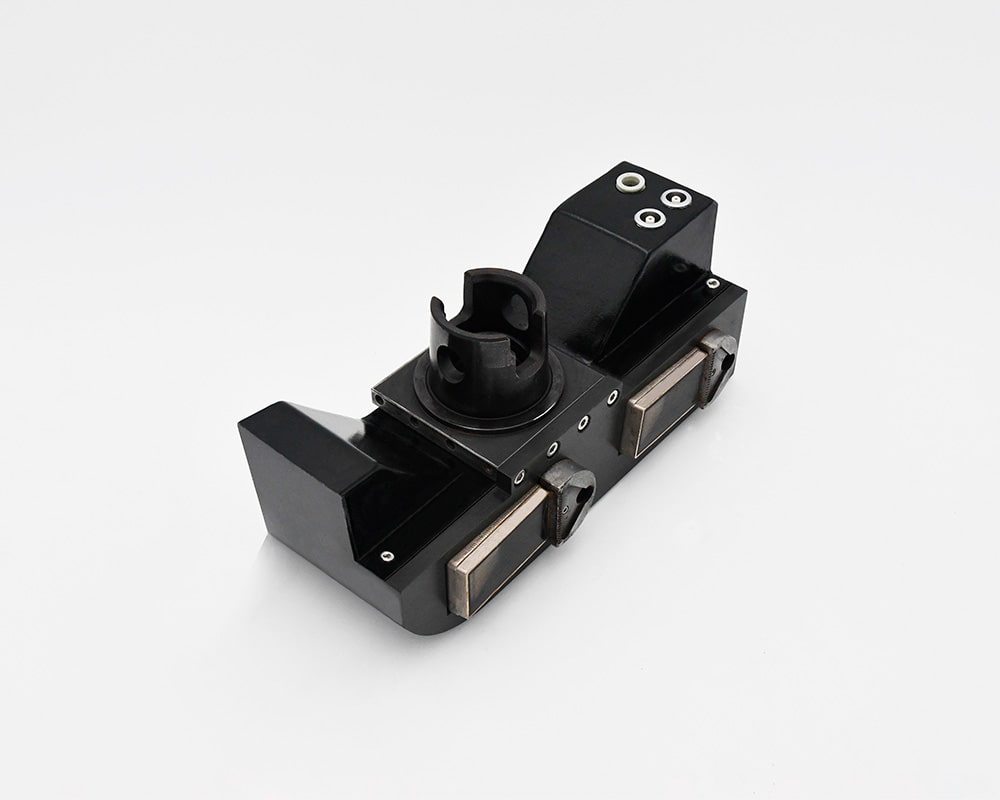A non-destructive testing technique used to identify surface and near-surface defects in ferromagnetic materials. It involves applying magnetic fields and introducing iron particles or magnetic ink onto the test surface. These particles accumulate at defect locations, making them visible under proper lighting conditions.
A non-destructive testing method that utilizes infrared technology to measure and map surface temperature variations of an object or structure. It detects and visualizes thermal patterns that indicate anomalies, such as heat loss, insulation defects, or electrical faults.
A non-destructive testing technique that employs ionizing radiation to inspect the internal structure of objects. X-rays or gamma rays are directed towards the object, and a film or digital detector captures the radiation that passes through. This creates an image revealing internal defects such as cracks, voids, and inclusions.
A non-destructive testing method that examines the properties and conditions of materials using electromagnetic principles. It involves generating an electromagnetic field surrounding a material and measuring the resulting response. These methods are used to detect surface and subsurface defects, cracks, corrosion, and material discontinuities.
A non-contact ultrasonic testing method that utilizes electromagnetic interactions to generate and receive ultrasonic waves in materials. Unlike traditional ultrasonic testing methods that require direct coupling with the material, EMATs do not require a liquid or gel medium for sound transmission. Instead, they employ the Lorentz force or magnetostriction principle to induce ultrasonic waves in …
A non-destructive testing method used to detect and assess flaws in welds and other structures. It relies on ultrasonic waves that are transmitted through the material and diffract when they encounter a flaw. The diffracted waves are then captured by receivers strategically placed on opposite sides of the weld. By measuring the time of flight …
An advanced non-destructive testing technique that utilizes multiple ultrasonic elements arranged in an array to inspect materials. By controlling the timing and amplitude of the ultrasonic waves emitted by each element, PAUT can create highly focused and steerable beams. This enables scanning of large areas and precise evaluation of the internal structure, detecting defects, measuring …
A non-destructive testing technique that uses high-frequency sound waves to inspect materials for defects and flaws or thickness measuring. A transducer sends ultrasonic waves into the object, and the reflected waves are analyzed to determine the presence, size, and location of discontinuities.
Refers to a range of techniques used to inspect materials, components, and structures without causing permanent damage. NDT is used in a variety of settings that covers a wide range of industrial activity, with new NDT methods and applications, being continuously developed. NDT helps identify defects, flaws, and irregularities, ensuring the integrity and safety of …

